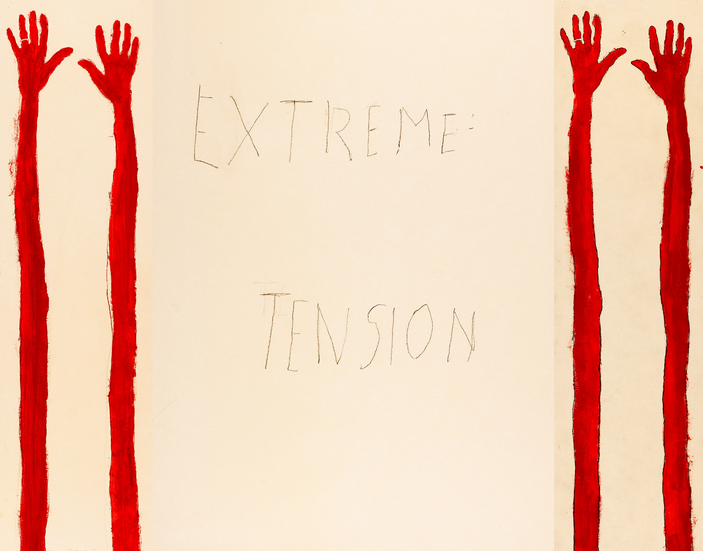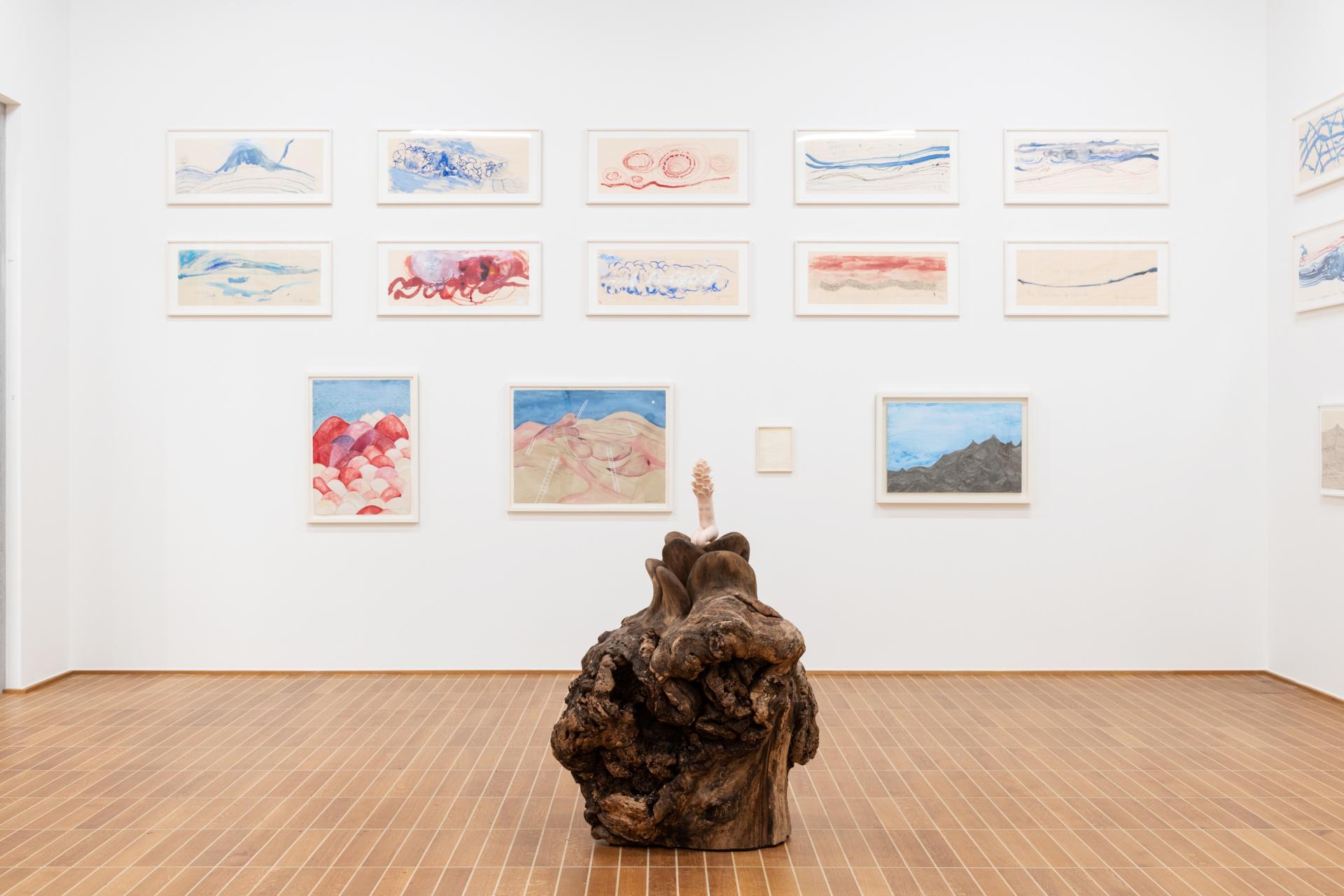Kunstmuseum Basel presents Louise Bourgeois x Jenny Holzer: The Violence of Handwriting Across a Page, in which Jenny Holzer curated Louise Bourgeois‘s works. Jenny Holzer is an American artist who is well-known for her works that deliver words and ideas in public spaces, while Louise Joséphine Bourgeois is a French-American artist who is famous for her large-scale sculpture and installation art. At first glance, the work of both artists seems radically different, but actually, they share a common interest in language, especially written words.
Before Bourgeois’s death in 2010, Holzer and Bourgeois became close friends. The friendship built the foundation of this project. The proximity in written texts has enabled Holzer to interpret Bourgeois’s work in “subtly sensitive ways and original perspective”.
Holzer has been known since the 1970s for her works that display written words in public settings as part of conceptual art. Holzer employs a variety of media in her art, from billboards, projections, park benches, to electronic signs. Her words are provocative, such as “Abuse of power comes as no surprise”, “Protect me from what I want”, and “Men don’t protect you anymore”. Holzer explores the themes of “the power relations in politics, gender roles, economics, and society”.
Bourgeois was a multitalented artist whose works from painting, printmaking, to sculpture. Her arts explore a wide range of human emotions, like “love, desire, dependency, sexuality, rejection, jealously, loss, and abandonment”. In the 1950s and early 1960s, she immersed herself in psychoanalysis which inspired her later works.

Louise Bourgeois, Extreme Tension, 2007. Etching and mixed media on paper (11 panels of varied dimensions). 148.6 x 162.6 cm. © The Easton Foundation/Licensed by ProLitteris and VAGA at Artists Rights Society (ARS), NY. Photo: Benjamin Shiff. https://www.christies.com/
Bourgeois also produced writings that has a significant impact on her creative process. Writing makes her consciously express unconscious emotions and impulses. In her works, the written words appear as “embroidered on textiles, such as underpants and handkerchiefs, stamped into lead plaques, inscribed on prints, and included in certain of her Cell installations”. Her archives, from diaries, writings, and psychoanalysis course notes are the source of the cited texts that appears in her works. Bourgeois does not only conflate image and the written text but also past and present.
The Louise Bourgeois x Jenny Holzer exhibition was displayed over nine galleries that were arranged according to thematic groups. Holzer categorized Bourgeois’s works into “a densely layered narrative about memory, the five senses, landscape, the unconscious, sexuality, motherhood, trauma, and creativity”.
Louise Bourgeois, Twosome (1991), Collection of the Easton Foundation, Photo by: Peter Bellamy. © The Easton Foundation/Licensed by VAGA, NY. http://www.bourgeois-tamuseum.org.il/
In this exhibition, Bourgeois’s work, Twosome (1991) connects the Neubau and the Hauptbau. Twosome is a mechanical installation that is like a railroad tank car, which moves back and forth on the track. The two poles symbolize several polarities, such as “inside and outside, acceptance and rejection, introjection and projection, also separation and reunion”. They also suggest the relationship between the mother and child, the family and the house, as well as man and woman.
Outside the museum, Holzer also animates Bourgeois’s words using light projections and LED frieze.
Louise Bourgeois x Jenny Holzer: The Violence of Handwriting Across a Page is an incredible exhibition in which two giants of American artists encounter. The exhibition is on view at Kunstmuseum Basel, Switzerland through 15th May 2022.

